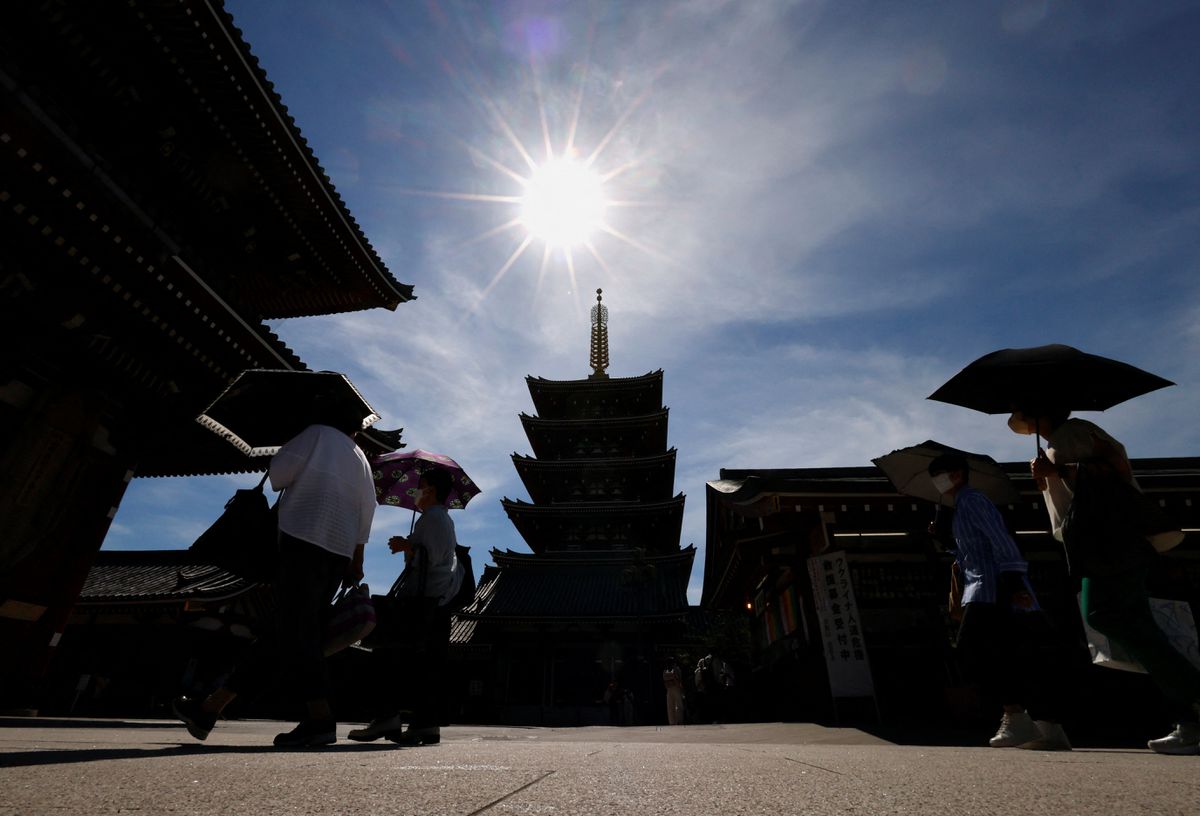
As concerns mounted over a lack of energy to keep air conditioners running and Prime Minister Fumio Kishida advocated for an increase in nuclear power use, Japan prepared for its warmest day of a record-breaking June heatwave on Wednesday.
On the fifth day of a scorching that has seen the Japanese capital sweat under its worst June heat since records began in 1875, temperatures of around 40 C were anticipated in areas surrounding Tokyo as several manufacturers unveiled plans to tone down production to save electricity.
According to the Japan Meteorological Agency, Tokyo won’t experience a return to 30 C temperatures until July 5.
In the final three days of this week, the demand and supply for energy are anticipated to be at their highest, a ministry official told reporters. According to the official, the early Wednesday afternoon power consumption in Tokyo and the surrounding area may be comparable to recent years’ peak summer levels.
According to national grid monitor OCCTO, the anticipated electricity supply already includes all available additional measures as of Wednesday.
An OCCTO mid-morning report estimated the reserve requirement of electricity generation capacity for the Tokyo area could drop as low as 2.6 percent between 4.30 p.m. and 5 p.m. local time on Wednesday, below the minimum threshold of 3 percent deemed necessary to ensure stable supply. This illustrates how tight the squeeze on resources is.
At a news conference following a Group of Seven (G7) summit, Prime Minister Kishida pledged to use nuclear power to the fullest extent possible as long as safety is guaranteed. He also said he would do everything in his power to ensure that Japan has a sufficient supply of electricity.

Post Your Comments